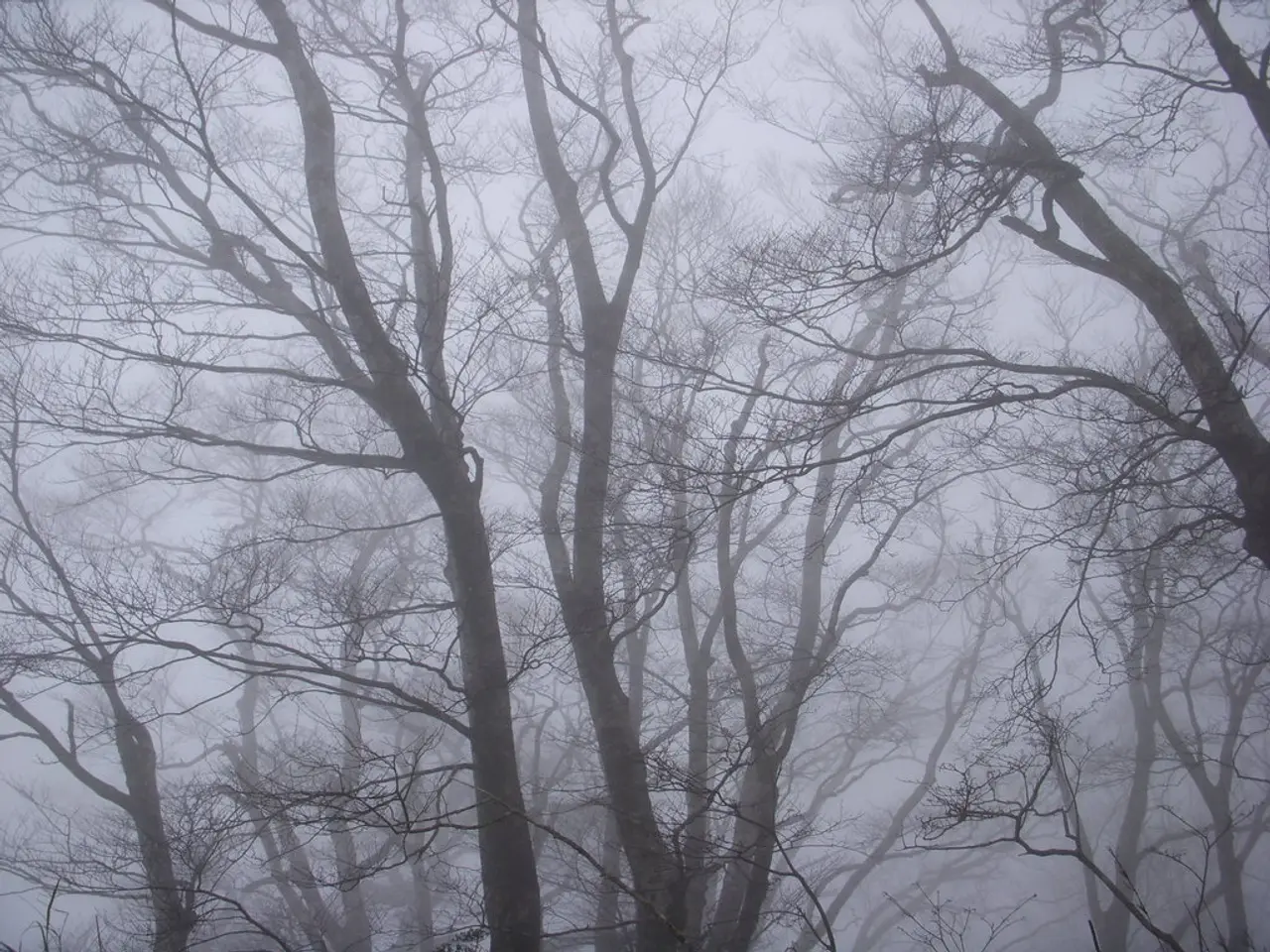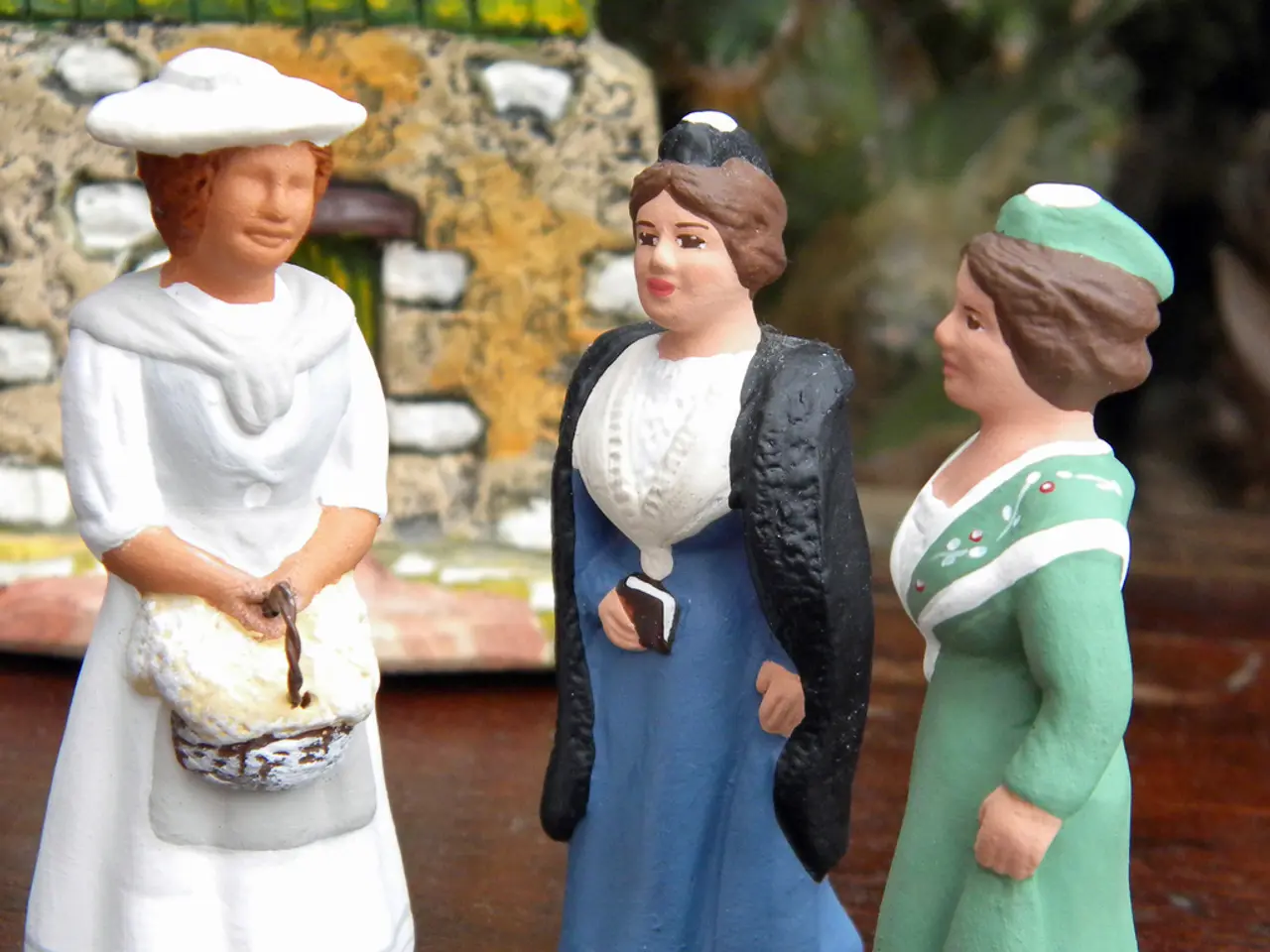Guarding Bonsai Trees from Natural Adversities: Ensuring Their Survival in All Weather Conditions
Weatherproofing Bonsai Trees: A Guide to Protecting Your Miniature Masterpieces
Maintaining the health and vitality of bonsai trees, especially during extreme weather conditions, requires careful attention and a series of best practices. Here's a comprehensive guide to help you weatherproof your bonsai, ensuring they thrive through all seasons.
Firstly, it's essential to gradually acclimate your bonsai to sunlight. This prevents leaf burn and avoids prolonged intense sun exposure, particularly for species like American Sweetgum bonsai. To achieve this, expose your bonsai to the sun gradually, and avoid placing them in direct sunlight for extended periods, especially during the hottest part of the day.
Temperature management is crucial for bonsai health. Ideally, bonsai should be kept in moderate temperatures (60-75°F / 15-24°C) during the growing season. Avoid prolonged heat above 90°F (32°C), and move your bonsai to cooler areas (45-60°F / 7-15°C) in winter to allow dormancy. Indoor bonsai should be kept away from heat vents or drafts.
Smart watering is another key practice. Water your bonsai early in the morning and deeply (2-3 times per week) to promote strong roots and reduce evaporation. Using a watering schedule that adapts to seasonal changes is essential.
Mulching with 2-3 inches of organic material helps retain soil moisture and regulates temperature extremes in the root zone. This simple practice provides insulation, moisture retention, weed suppression, soil erosion prevention, and aesthetics.
Wind protection is vital to prevent your bonsai from shifting or falling. Fill gaps with cushioning materials like bubble wrap or old towels around the root ball, and cover soil tops with moss to hold moisture and reduce exposure.
Soil care involves being mindful when refreshing soil in heat. Sift the removed soil and reuse the good portions rather than fully replacing to maintain microbial balance. Opting for organic, acidic mulches like pine bark, peat moss, or shredded cedar is recommended for bonsai trees, as they help retain moisture and regulate soil temperature.
When it comes to rainfall management, creating a slight slope in the pot, adding a layer of small rocks or gravel at the bottom of the pot, covering bonsai with a waterproof cover during heavy rainfall, and monitoring the soil moisture levels regularly are effective strategies.
In outdoor winter conditions, standard bonsai care often recommends using frost cloth, windbreaks, or insulated containers to secure bonsai from strong winds and cold. Creating a windbreak, positioning bonsai near a solid wall or fence, or creating a DIY windbreak using burlap, snow fencing, or other breathable materials are strategies to secure bonsai from strong winds.
Outdoor shelter and housing options for bonsai include A-frame trellises, gazebos, cold frames, greenhouses, and windbreak screens.
Remember, each bonsai species has its unique needs, and adjustments should be species-specific and seasonal. The impermanence of life is a poignant reminder of the transience that underscores our existence, and protecting our bonsai can be a way to confront and cherish the fleeting moments of beauty that make life worthwhile.
Lastly, bringing bonsai indoors safely requires acclimating the tree to lower light levels and controlled temperatures to prevent shock. Gradually introduce the bonsai to lower light levels and controlled temperatures, reduce watering, prune branches to maintain shape and size, monitor temperature and humidity levels, and move the bonsai to a shaded area outdoors for a few weeks before bringing it inside. A regular umbrella is not the best solution for protecting bonsai from heavy rain, as it can be top-heavy and might topple over in strong winds.
By following these practices, you can ensure your bonsai thrive through all weather conditions, providing a source of tranquillity and beauty in your home or garden.
Integrating science and lifestyle, it's crucial to understand the health-and-wellness needs of bonsai trees, especially during changing weather conditions. Fitness-and-exercise for bonsai involves carefully acclimating them to sunlight and smart watering practices, while home-and-garden care encompasses wind protection, mulching, and soil care. Given the unique requirements of every species, a bout of health-and-wellness research is essential to tailor your lifestyle and home-and-garden advice for the prosperity of your bonsai.




